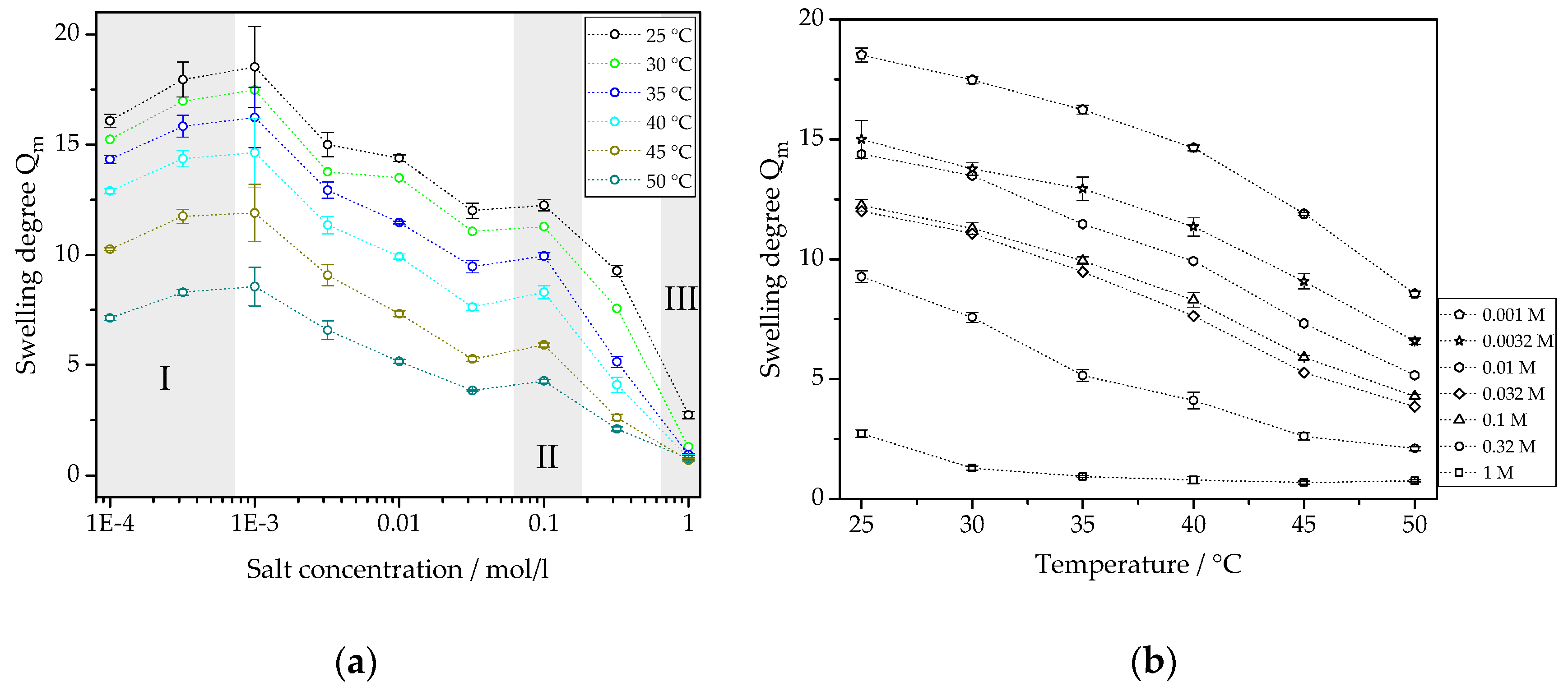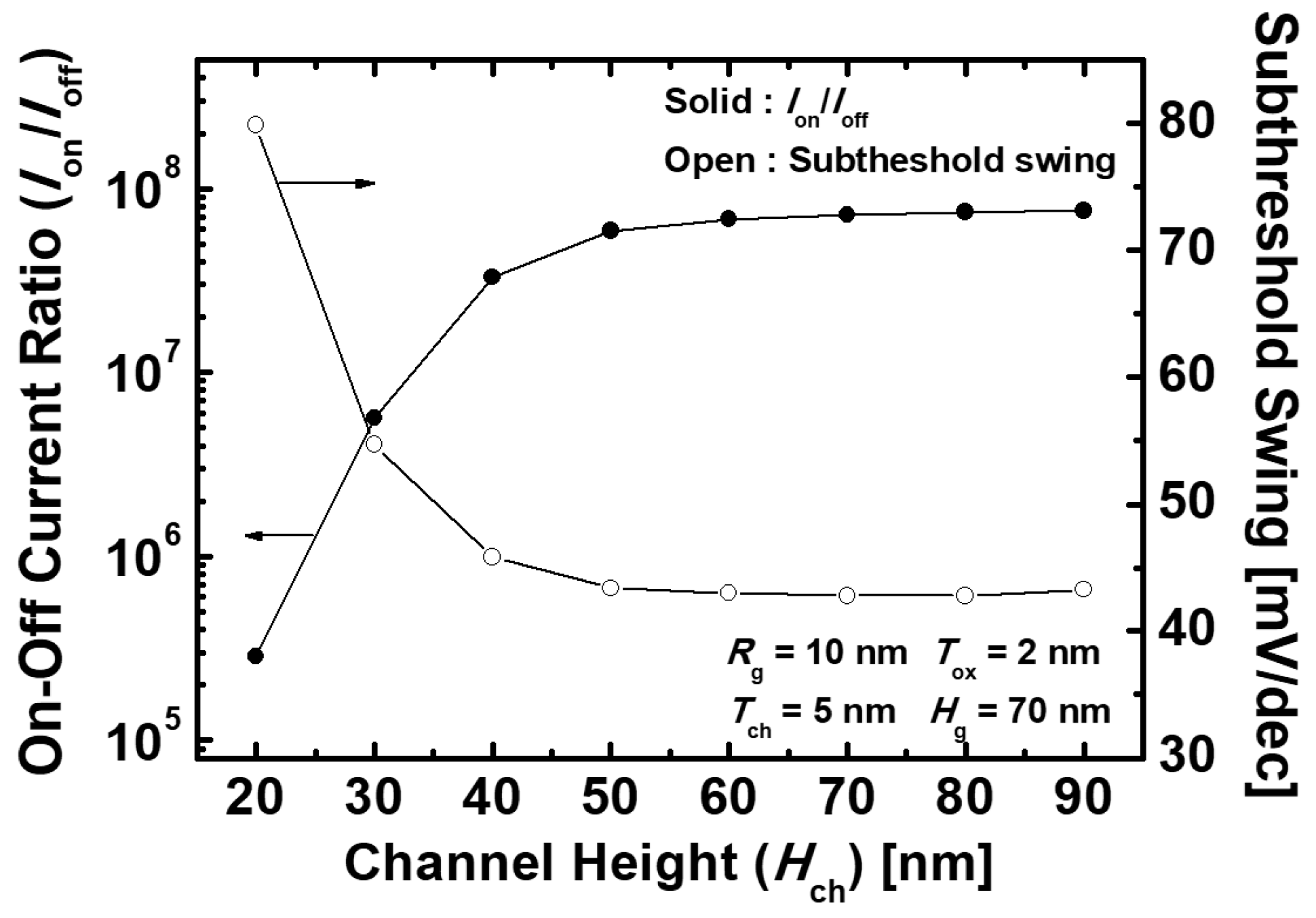

We first explored strategies to improve the efficiency of small RNA library construction.

Furthermore, we investigated the small RNA profiles from lung cancer samples. We applied PSCSR-seq to analyze the small RNA profiles from cultured cells, and then isolated nuclei and PBMCs for experimental validation. Here, we developed a method called parallel single-cell small RNA sequencing (PSCSR-seq) to overcome these limitations. Additionally, the low-throughput designs of these methods cannot be practically applied for small RNA profiling of highly heterogeneous tissue samples. The existing single-cell small RNA sequencing methods suffer the limitations of low efficiency in that the majority of sequencing reads are from adapter self-ligations (5’ and 3’ adapter dimers) or random error sequences, and the target miRNA read numbers are often low. Next, the ligated small RNA molecules are reverse transcribed into cDNA and amplified by PCR. Briefly, these methodologies first ligate adapters to small RNA molecules using T4 RNA ligase I/II so that the small RNA molecules are flanked by a defined sequence.
#Microsynth single tube sequencing series#
Small RNA sequencing workflows involve a series of reactions.

In contrast to high-throughput methods for single-cell mRNA sequencing 6, 7, 8, 9, which have been successfully applied in various biological and medical research areas, few low-throughput, single-cell small RNA analytical methods have been reported 10, 11, 12, 13. Thus, highly sensitive and high-throughput single-cell small RNA profiling methods are needed to better explore heterogeneous tissue samples. However, miRNA expression signatures in tissue biopsies are often masked in data analyses after bulk processing of tissue samples, as these typically contain highly heterogeneous cell types. MiRNAs and other forms of small RNAs are known to regulate many biological processes 1, 2, and miRNA expression is currently used by researchers as a signature of disease diagnosis, prognosis, and the determination of patient responses to treatments 3, 4, 5. Our study demonstrates that PSCSR-seq is highly sensitive and reproducible, thus making it an advanced tool for miRNA analysis in cancer and life science research. Moreover, we analyzed the miRNA profiles of 9,533 cells from lung cancer biopsies, and by dissecting cell subpopulations, we identified potentially diagnostic and therapeutic miRNAs for lung cancers. We identified 42 miRNAs as markers for PBMC subpopulations. PSCSR-seq is very sensitive: analysis of only 732 peripheral blood mononuclear cells (PBMCs) detected 774 miRNAs, whereas bulk small RNA analysis would require input RNA from approximately 10 6 cells to detect as many miRNAs. Analysis of PSCSR-seq data indicated that diverse cell types could be identified based on patterns of miRNA expression, and showed that miRNA content in nuclei is informative (for example, cell type marker miRNAs can be detected in isolated nuclei). Here, we developed parallel single-cell small RNA sequencing (PSCSR-seq), which can overcome the limitations of existing methods and enable high-throughput small RNA expression profiling of individual cells.

Single-cell small RNA sequencing can be used to profile small RNAs of individual cells however, limitations of efficiency and scale prevent its widespread application. MiRNA and other forms of small RNAs are known to regulate many biological processes.


 0 kommentar(er)
0 kommentar(er)
